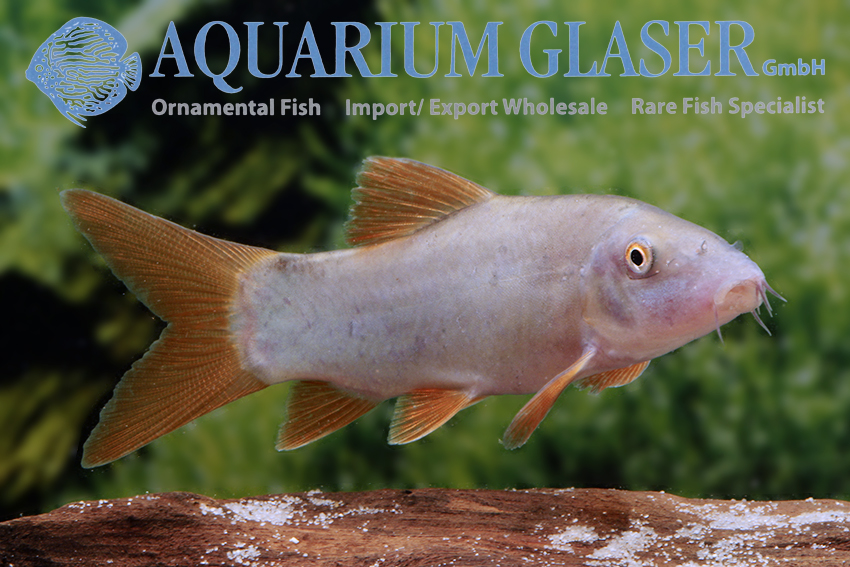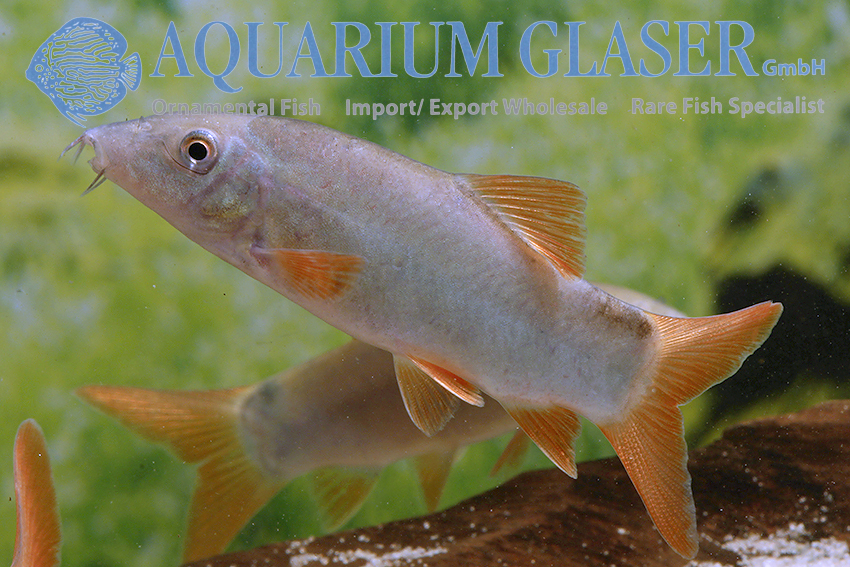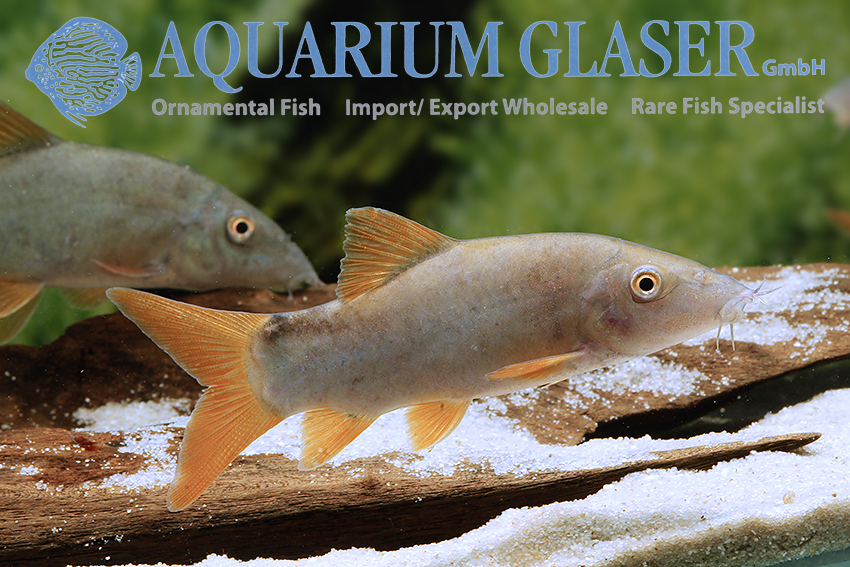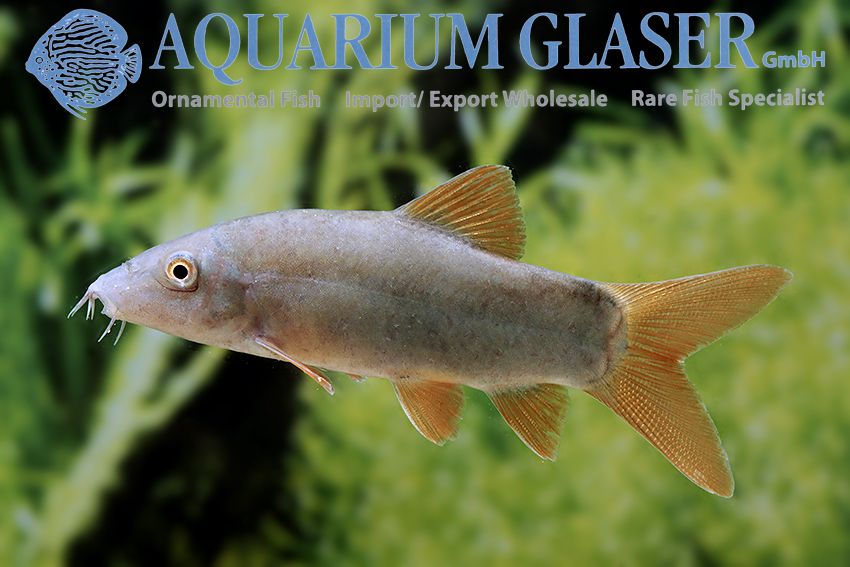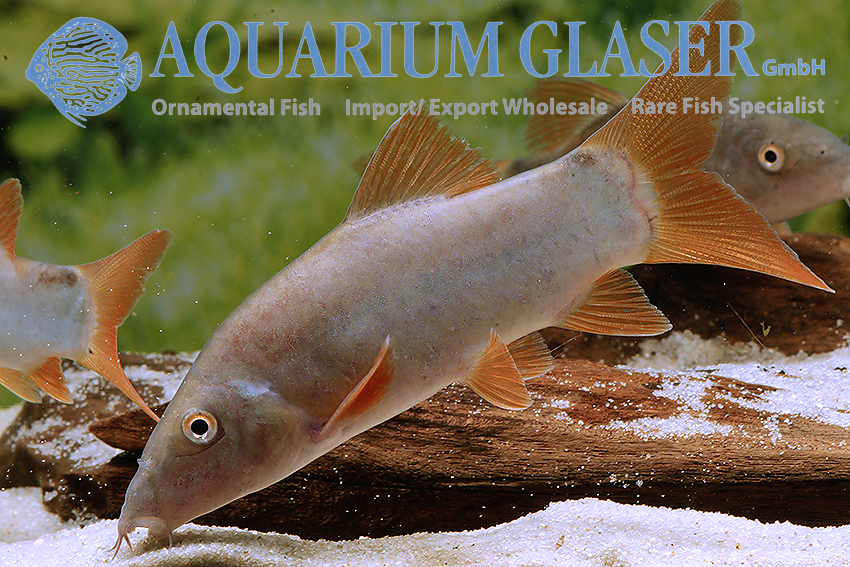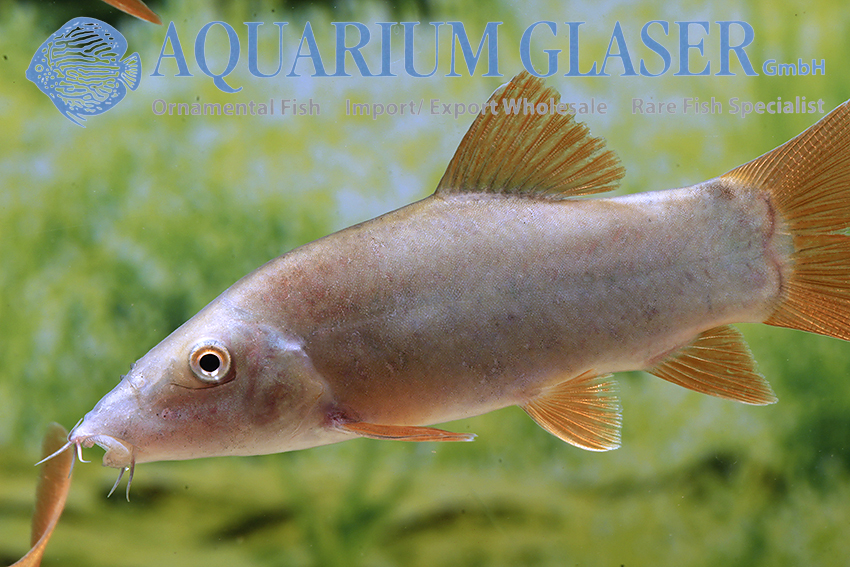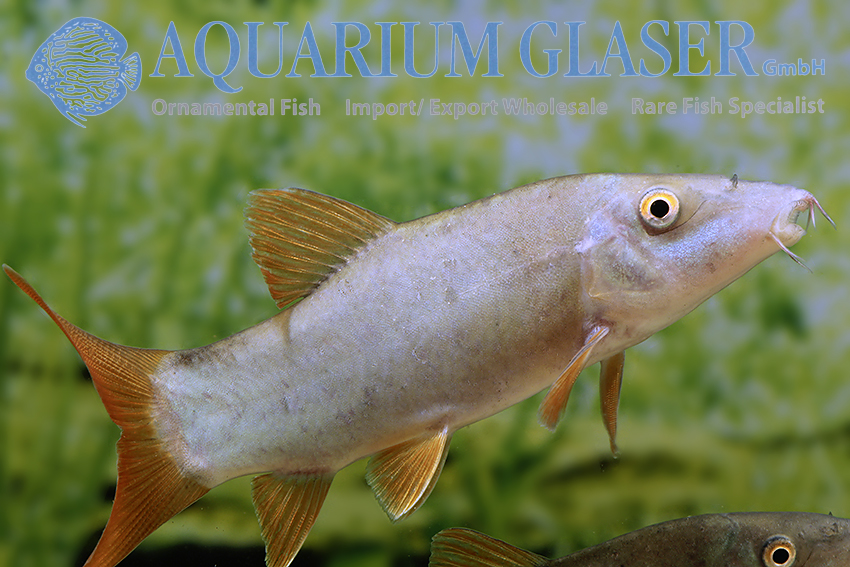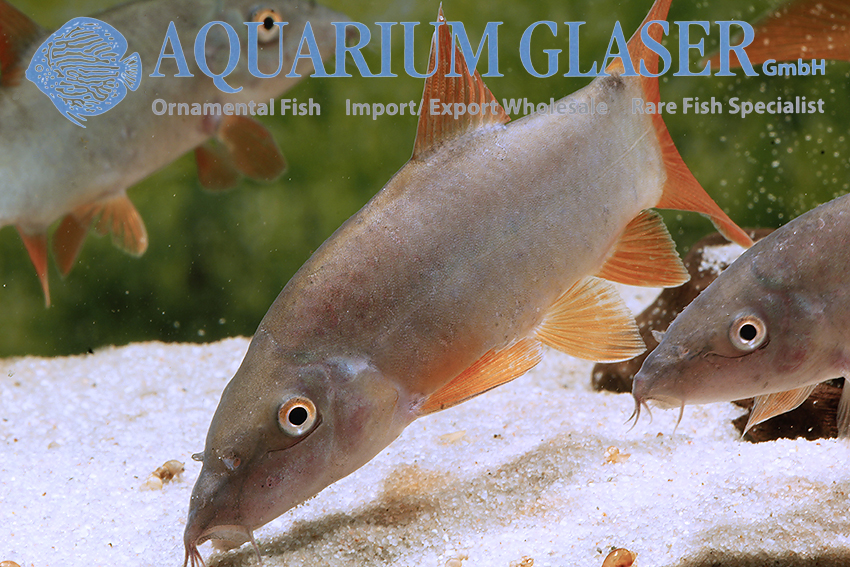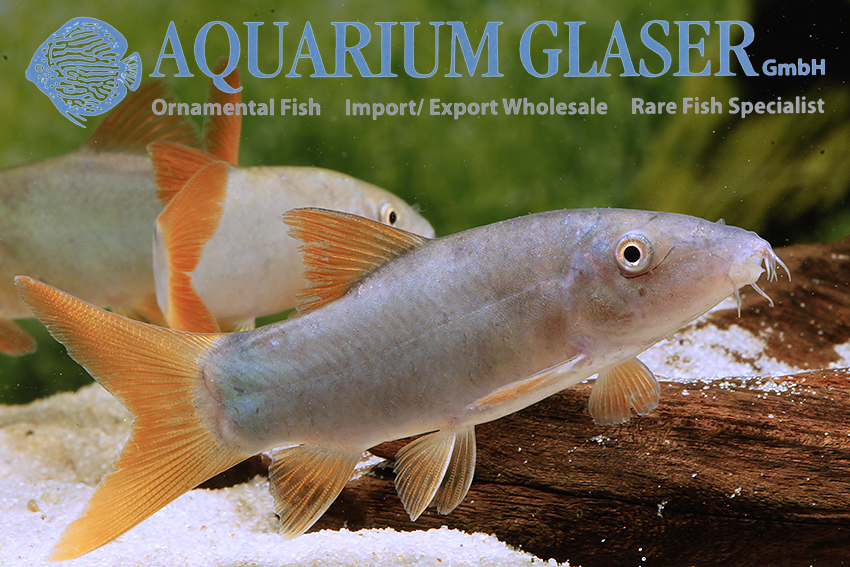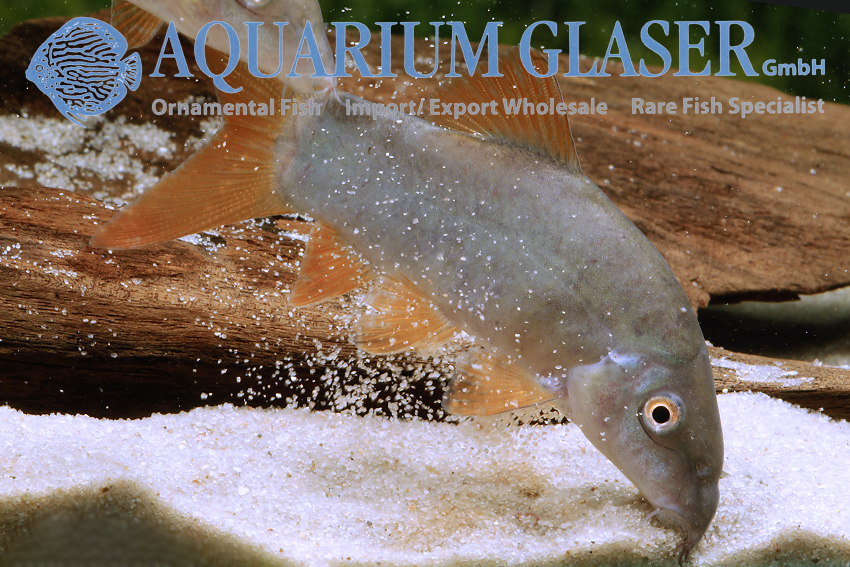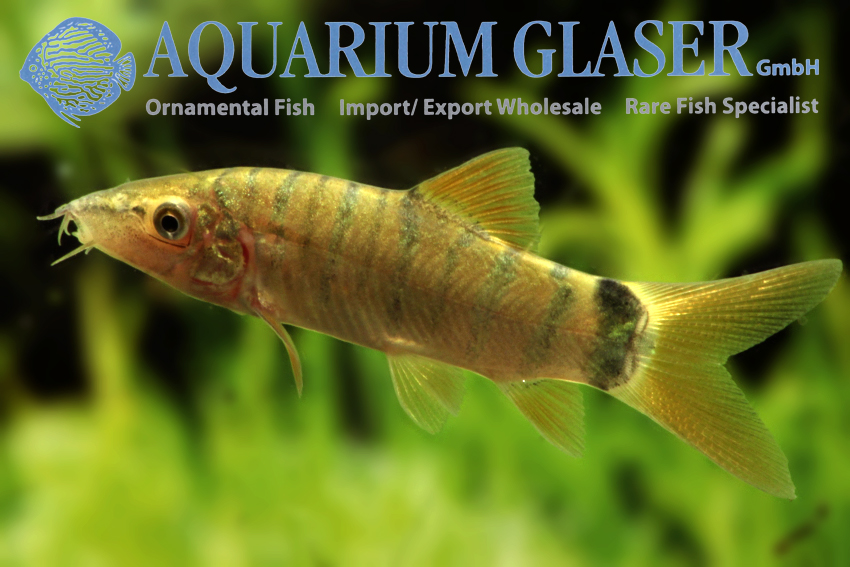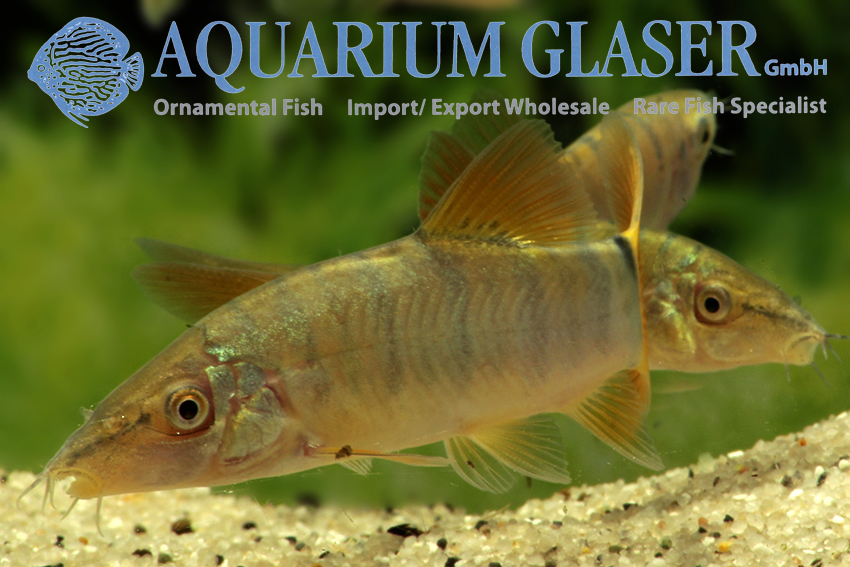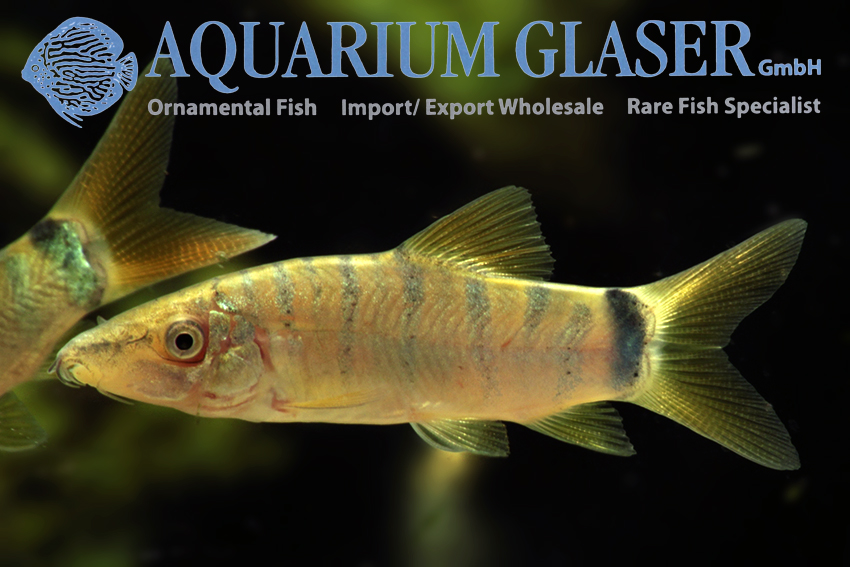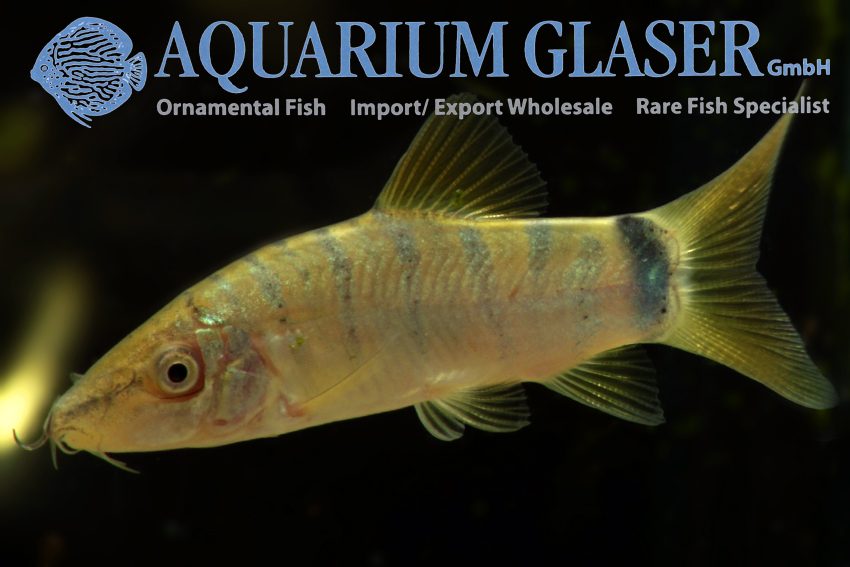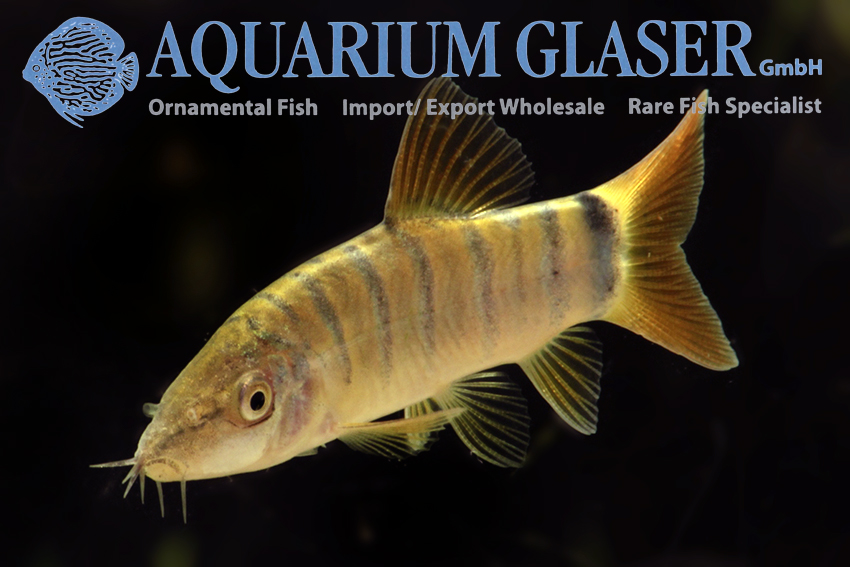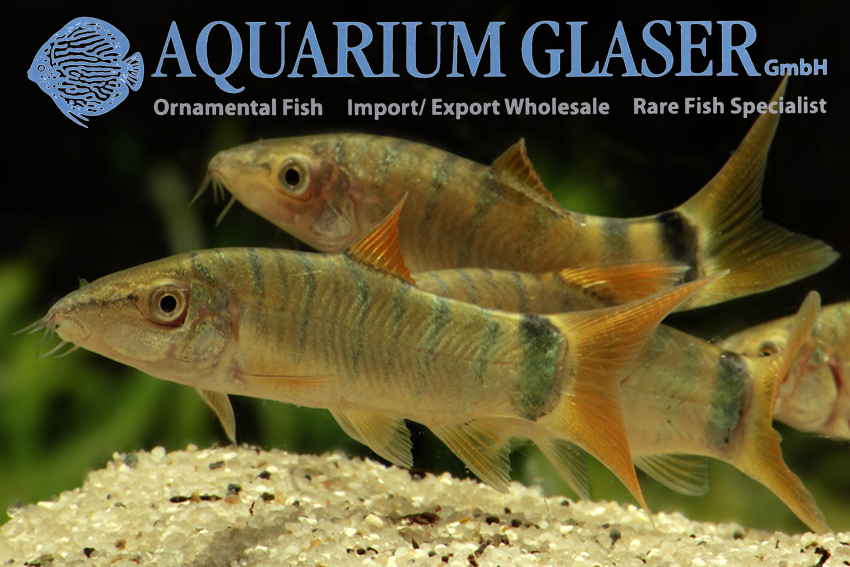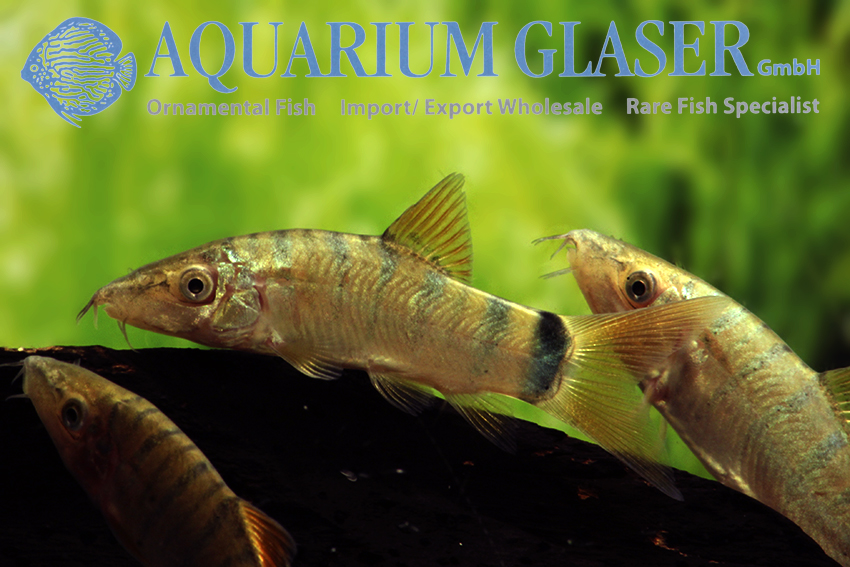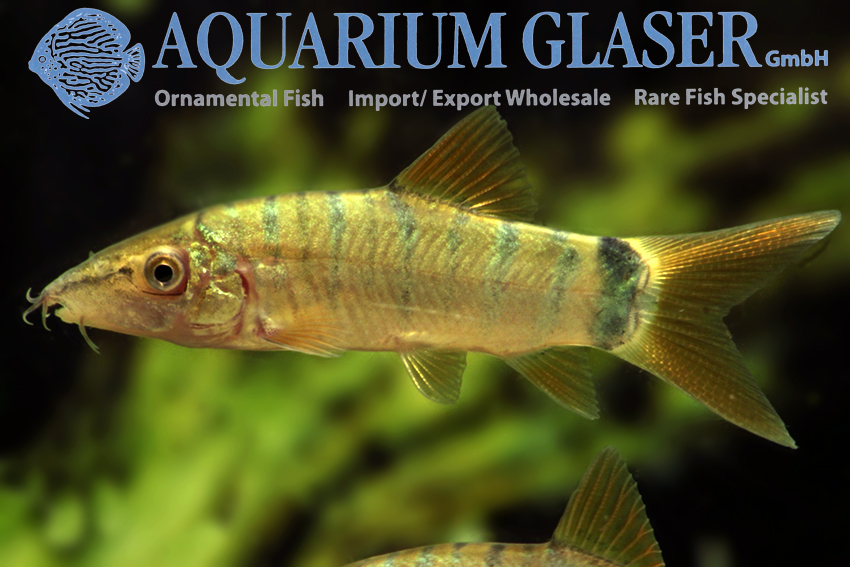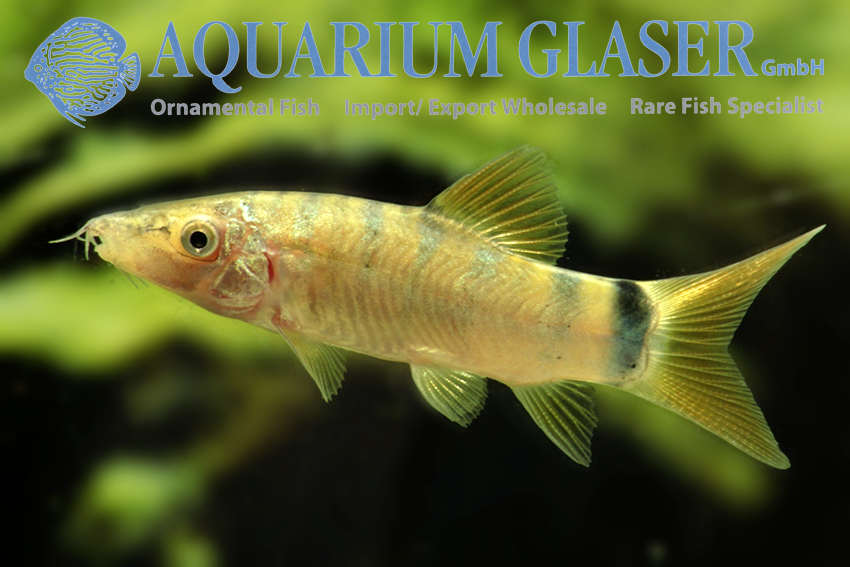One of the most beautiful and largest botias besides the well known and popular Chromobotia macracanthus is the Redtail botia Yasuhikotakia (formerly: Botia) modesta from Southeast Asia. These are gorgeous fish, usually with a very unusual dove blue base coloration that contrasts very nicely with the red fins. But there are also green, yellow-finned variants or lead-gray ones with transparent fins. A very nice mackerel variant we present here: https://www.aquariumglaser.de/en/fish-archives/yasuhikotakia-modesta-2/
The species is distributed in the drainages of the big rivers Mekong, Chao Phraya and Mae Klong, the distribution area includes the countries Thailand, Cambodia, Laos and Vietnam.
With a record size of 25 cm, Y. modesta is not a small fish, but sexual maturity occurs much earlier, at 8-10 cm in length. These are also the usual maximum sizes of the animals in nature. However, these loaches can become quite old in the aquarium, much older than in the wild and certainly older than 10 years and then really large animals are possible in large aquariums.
You should always keep all botias in social groups of as many specimens as possible, otherwise it can happen that they let out their social vein on other tank inhabitants and get on their nerves. They will eat any common ornamental fish food and have no special demands on the water chemistry. The water temperature can be between 22 and 28°C, but during the acclimation it is better to choose the upper temperature range, because all botias are somewhat sensitive to the spot disease (Ichthyophtirius), but tolerate medication against it only poorly. Ichthyophtirius does not like high water temperatures.
For our customers: the animals have code 404004 on our stocklist. Please note that we only supply wholesale.
Text & photos: Frank Schäfer





